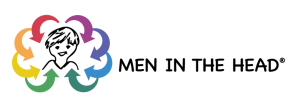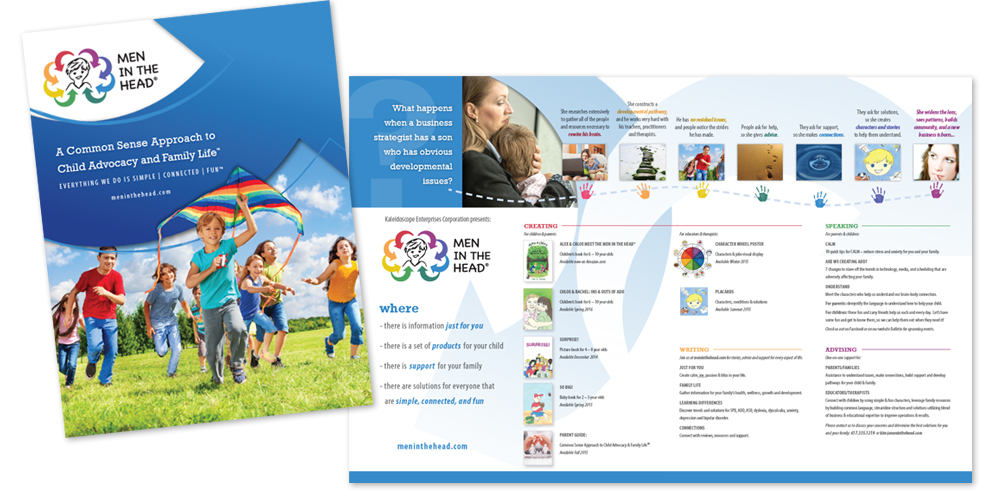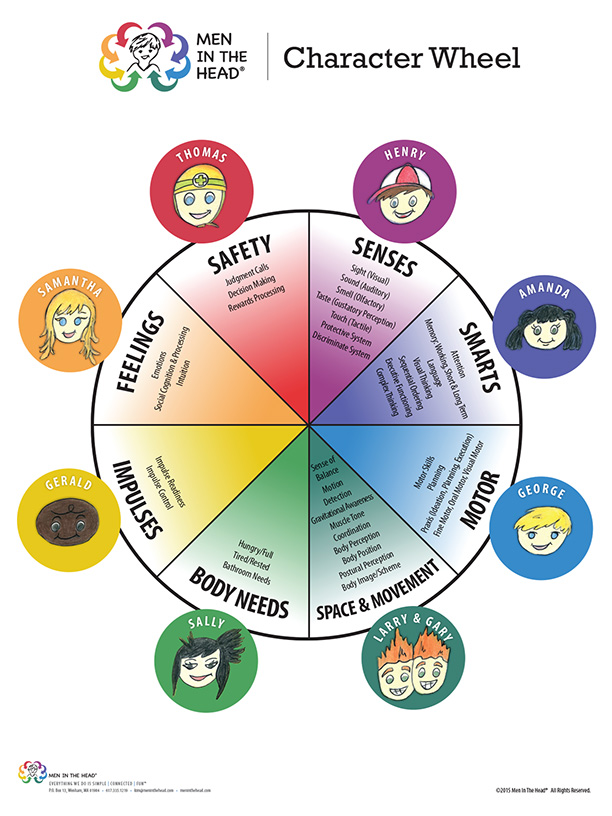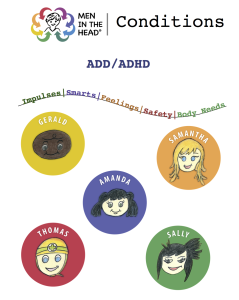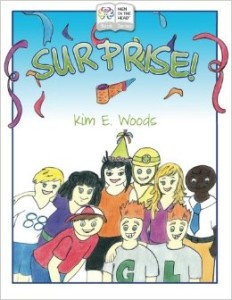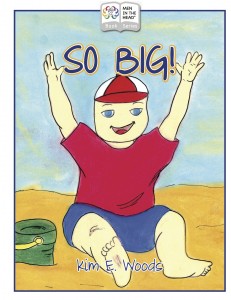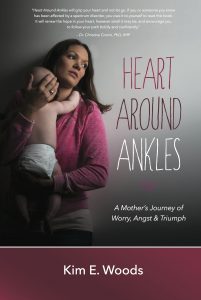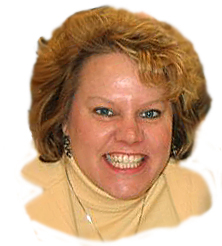About Us
My name is Kim E. Woods and I am a business strategist who 17 years ago had a son with obvious learning and developmental issues. I set out to remove any and all impediments for him to be happy, able to relate to others and to reach his full potential.
So I constructed a developmental pathway to rewire his brain. He had an insatiable appetite for therapy, he worked really hard, and now he has no apparent residual issues.
He was diagnosed with Sensory Processing Disorder (SPD), displayed many characteristics of Asperger’s Syndrome (ASD) and thought to have Attention Deficit (ADD) issues.
As of 2011, his official diagnosis was somewhat quirky and today, he has no apparent residual issues.
Helping Others
People noticed the changes in him and sought help. They wanted advice. They wanted it written down. They wanted books and solutions.
But, wait a minute. I’m a BUSINESS STRATEGIST.
Yes, that is true, but being a strategist means I see the big picture, make connections, and simplify things. I’m also a problem solver and being a problem solver means I see gaps, unravel issues and create solutions.
So, here I am creating tools and solutions to simplify the brain-body connection in a fun way to help families find effective solutions for their children.
About Men in the Head®
Here at Men in the Head®,
Everything we do is SIMPLE | CONNECTED | FUN ™
| SIMPLE | If parents have more ease in their lives and UNDERSTAND what is going on, they will be more willing to seek help and more available to support the therapeutic process. |
| CONNECTED | If educators and therapists have more resources in each other and families, they will be less burdened, improving their ability to provide more effective services. |
| FUN | If children are engaged and able to relate in a fun and simple way, they will be more open and responsive to their therapy and skill-building strategies. |
How the Men in the Head ® Help:
At Men in the Head ®, we have tools and books available to you to help understand the brain-body connection and communicate this understanding to your children and others.
TOOLS:
There are 8 characters known as the Men in the Head ® where each character represents a different aspect of our brain-body connection. This simplifies an exceedingly complex subject matter.
Character Wheel:
This is a snapshot of the areas the characters handle.
Vignettes:
On this website, under Men in the Head®, we have vignet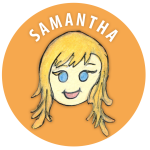 tes about each character. Hear their stories, learn the layman’s terms and even learn some science-stuff.
tes about each character. Hear their stories, learn the layman’s terms and even learn some science-stuff.
Conditions:
The characters each handle a separate area of the brain-body connection, but together in certain combinations, they depict a particular learning issue. Here is ADHD, but we also have SPD, ASD, Executive Function and Stress.
These combinations help you determine which areas to target in simplistic and fun terms. Also, these may help you stay focused on solutions, help prioritize objectives and serve to look at whole picture of an issue.
Click here to see all conditions ->
BOOKS:
Books for children:
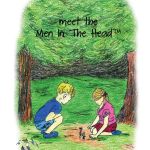 Alex & Chloe Meet the Men in the Head™
Alex & Chloe Meet the Men in the Head™
Chapter book for children age 6 – 10.
Read about Alex and Chloe discovering the Men in the Head ® characters in their backyard! Can they help their little friends find their way home?
Picture book for children age 4 – 8.
Read this fun story about the Men in the Head ® friends surprising Sally for her birthday. Then read about each character and how they help us with our brain-body connections.
Baby book for children age 2 – 3.
See Henry and his friends as babies in this cute rhyming tale.
Books for adults:
Heart Around Ankles is the story of our emotional journey.
Our story may give you hope, support and solutions to help you on your own journey.
Buy Heart Around Ankles on Amazon ->
All About Calm
Learn fun tips and tricks to create calm in every area of your life.
Buy all about calm on Amazon ->
Upcoming Books for adults:
The Men in the Head ® Parent Guide: A Practically Holistic Approach to Family Life
Learn common sense and holistic solutions to help connect the brain and body.
Targeted for late fall 2018.
The Reason:
Let me be perfectly clear, I have NO certification or degree in the areas of medicine, psychology, education, occupational, speech or physical therapy, child development, nutrition, environmental science, behavioral science or otherwise. My background and expertise is in business. Yes, business. I am, however, a mother. I am a mother of a son and daughter, who have extremely different learning and adapting styles, one of whom needed a tremendous amount of help in navigating his world. A mother who, by necessity, learned and read everything to do with child development, education, and various therapies and developed an approach to help my son.
My mission is to simplify the brain-body connection in a fun way to help families find effective solutions for their children.
This issue is near and dear to my heart and as we help each child or mother & father, I accomplish my heart’s desire in this area.
Thank you so much for taking the time to read or share. I am so frequently humbled by the love parents show for their child(ren).
Wishing you joy,
Kim
Why Men in the Head ® ?
Men in the Head ® is a term I came up with when my son was around 5 years old and my daughter was 3 years old. My son was working with an occupational, physical and speech therapist every week as well as seeing an acupuncturist and flower essence therapist on a regular basis. Additionally, we had a learning specialist working with his class 2 or 3 days per week using bibliotherapy, play, and conversational games to help him connect with others. Needless to say, he had an incredible appetite for therapy allowing us to saturate him with it.
Well, obviously, he noticed. He noticed that he was doing an awful lot and his sister was doing absolutely nothing. So when he asked why he was doing all of this work, I thought about how to explain the inner-workings of the brain to a 5 year old.
Okay, this is difficult to explain. So to completely oversimplify and perhaps offend anyone with the least amount of education in this area, I apologize. This is a laymen explanation to a 5 year-old child.
I came up with a visual of Men in the Head ® and explained that we each have ‘little men’ in our heads and they need to do certain things for us and we sometimes need to help them.
We talked about what they looked like and how much fun they had playing and reading and doing all of his favorite things. The next question he asked was; ‘Why did his men need help?’ So I explained that the men in his head on the right side did not talk to the men in his head on the left side and that made it hard for him to do certain things. Of course, the next question, was, ‘Like what?’
So, I continued to explain that is was really hard for him to learn how to ride a bike, throw and catch a ball, walk up the stairs using alternating feet, and how he had a hard time talking to other kids, going to birthday parties, or hearing loud noises.*
He took this all in stride and really liked the Men in the Head ® term so we kept using it. We had many, many conversations about his men and how he was doing such a great job helping them and how happy they were to be getting so much attention. In fact, his sister was involved in a number of these conversations, even though she kept insisting she had kitties in her head and definitely not men.
___________________________
*He exhibited a number of aspects of Asperger’s Syndrome, now known as Autism Spectrum Disorder (ASD), in addition to sensory & non-verbal disorders, so we obviously were concerned with many more issues than those described above. However, I certainly wasn’t going to tell him about the visual & working memory, attention, sensory, emotional, expressive, coding or executive functioning concerns.
Update as of 2011. His official diagnosis is quirky. He is no longer on any spectrum or being treated for any symptoms or conditions. So, we feel the full immersion in both traditional and complementary therapies helped to rewire his brain and develop connections to help him navigate and leverage the strengths of both the right and left ‘men in his head.’

